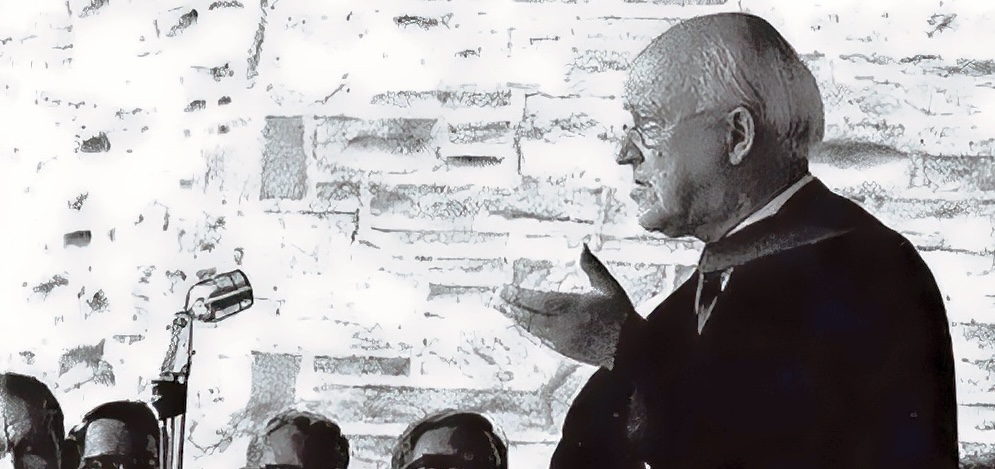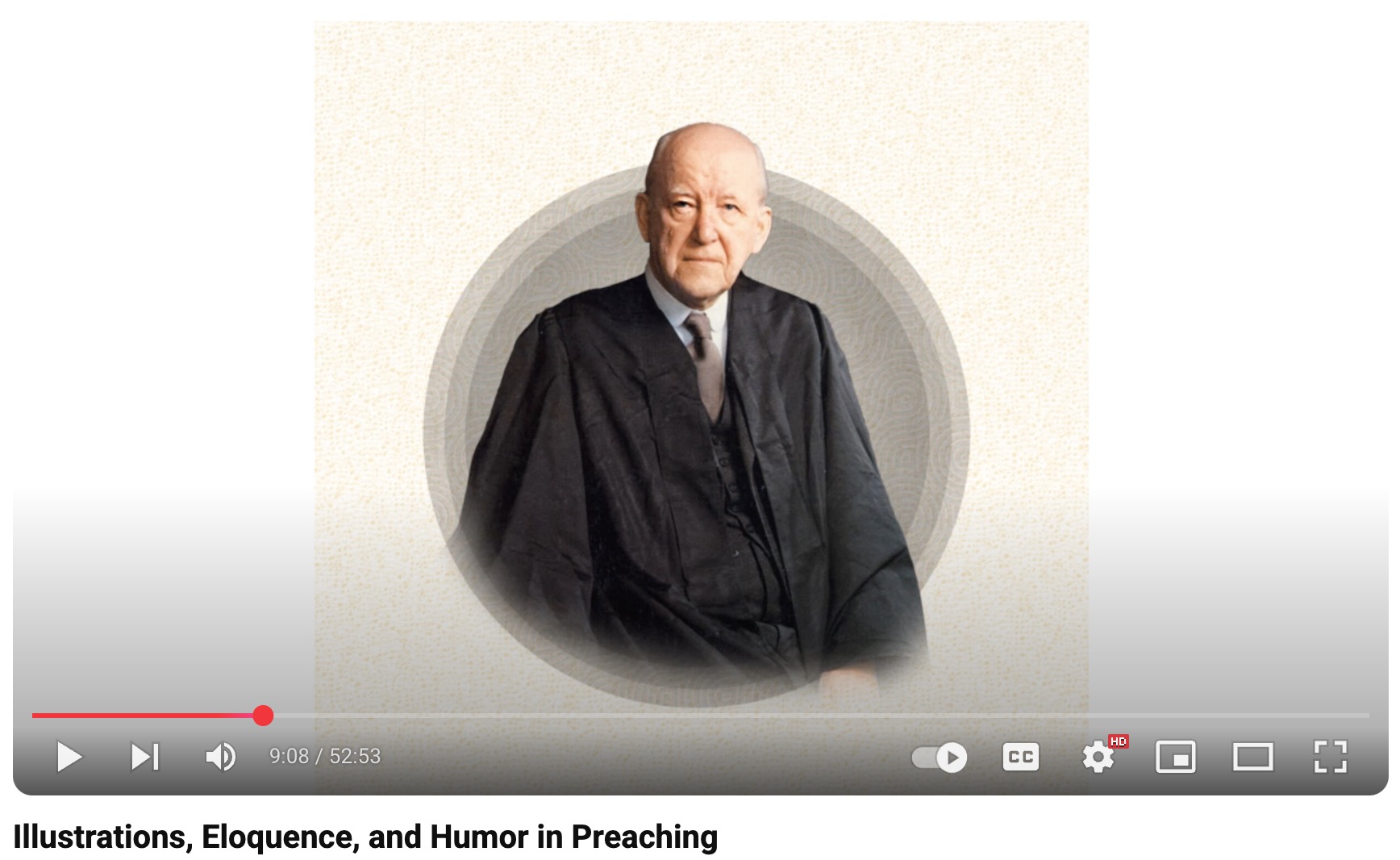MLJ on Anecdotes, Stories, and Illustrations

By Geoff Thomas
Dr Martyn Lloyd-Jones is not remembered for an overflowing fund of anecdotes, stories, or illustrations. However, one would be remiss to underestimate his facility to put windows into his preaching and his ability to refresh the interest of his hearers. Sermon illustrations are an important part of the preacher's weaponry, used to cast light on a particular discourse. These well up from the preacher's wide reading, his imagination, observation and personal experience.
Over fifty years ago, a 20-volume set of books appeared, entitled Twenty Centuries of Great Preaching. It was compiled by two men, Faint and Pilson, and in the penultimate volume, there was a sketch of the life of Dr. Martyn Lloyd-Jones with a half a dozen of his sermons. These were all based on verses from Psalm 73, which had been published near that time in a book entitled Faith on Trial.
One service which the editor performed was to carefully examine 35 of the Doctor's sermons printed in the monthly Westminster Record noting the number and nature of the Doctor's sermon illustrations. Excluding biblical references and incidents, he counted 83 illustrations in those 35 sermons, as follows:
- 15 personal illustrations;
- 28 literary illustrations including references to Shakespeare, Kipling, Matthew Arnold, Browning, Tennyson, Watts, H.G. Wells and Macaulay and quotations from religious figures such as Spurgeon, Fenelon, D.L.Moody, Bernard of Clairvaux, Richard Baxter, one of the Wesley brothers, Thomas Chalmers, Thomas Goodwin, Henry Martyn, John Bunyan and John Fletcher;
- 15 historical illustrations, including references to Hitler, Alexander the Great, the Clapham sect, the Locarno Pact, and the Spanish Civil War;
- 20 contemporary illustrations referring to various aspects of society;
- 4 medical illustrations from his own extensive knowledge of medicine.
Hymns were quoted frequently and occasionally other bits of poetry, but news items were the rarest form of illustrations used by the Doctor. Just one was found among the 35 sermons—a single reference to the tenth anniversary of the founding of the United Nations.
The Doctor said, "The Bible invites us at the very beginning to stop looking on the horizontal level, as it were, to stop just looking at the world and at men. It invites us at the very beginning to lift up our eyes and to look at God. We start with the truth of God and only then go on to the immediate situation."











